 Back Back |
Next
|
Refracting
Telescopes
-
Refraction--how lenses
and prisms work
-
light slows down when
it goes through matter
-
why your arm looks bent in
a swimming pool
-
how magnifying glasses work
-
A curved piece of glass forms
a lens
-
focus of lens is where
rays of light meet
-
an extended object forms
an image at the focal plane
-
a focal plane works for projection
onto film but not for your eye
-
refracting telescopes need
at least two lenses, objective and eyepiece
-
spacing between lenses has
to be just right (why you need a focus adjustment)
-
Magnification
= FL(obj) / FL(eye)
-
telescope gathers more light
than your eye
-
Eye pupil = 0.5 cm diameter
-
Galileo's telescope = 3 cm
-
refracting telescope on roof
= 15 cm
-
Washburn observatory = 38
cm
-
Lick (CA) = 91 cm
-
Yerkes (Lake Geneva WI) =
101 cm
-
Collecting area = p(d/2)2
-
eye = 0.2 cm2
-
Yerkes = 8000 cm2
Refraction
analogy
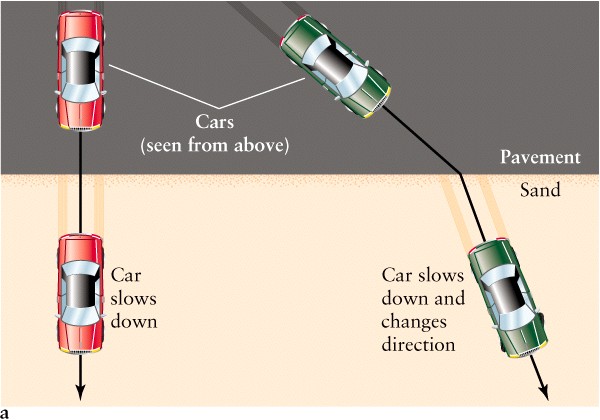
Refraction
diagram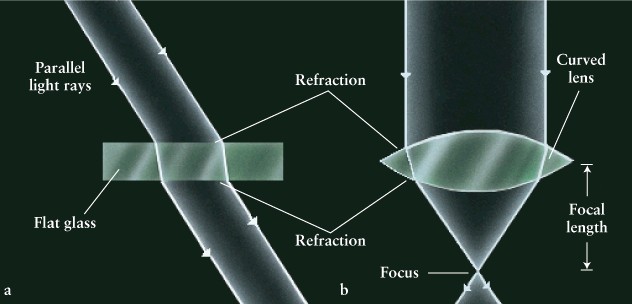
Image
diagram
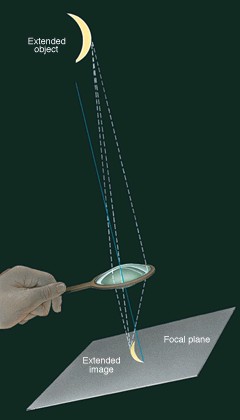
Refracting
telescope schematic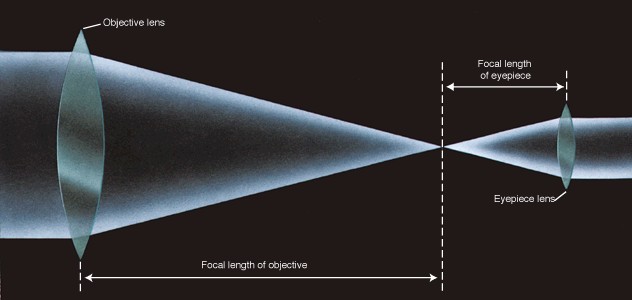
Yerkes
telescope and Lens
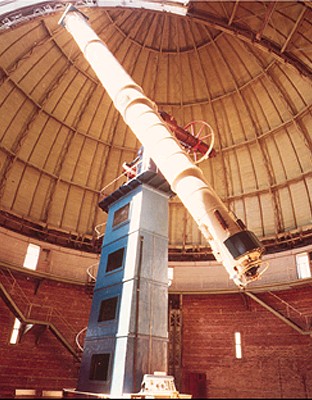
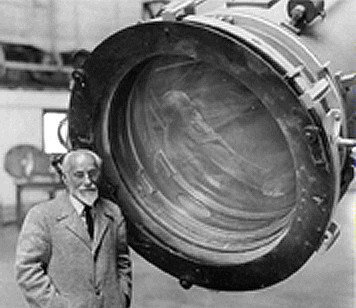
 Back Back |
Next
|





